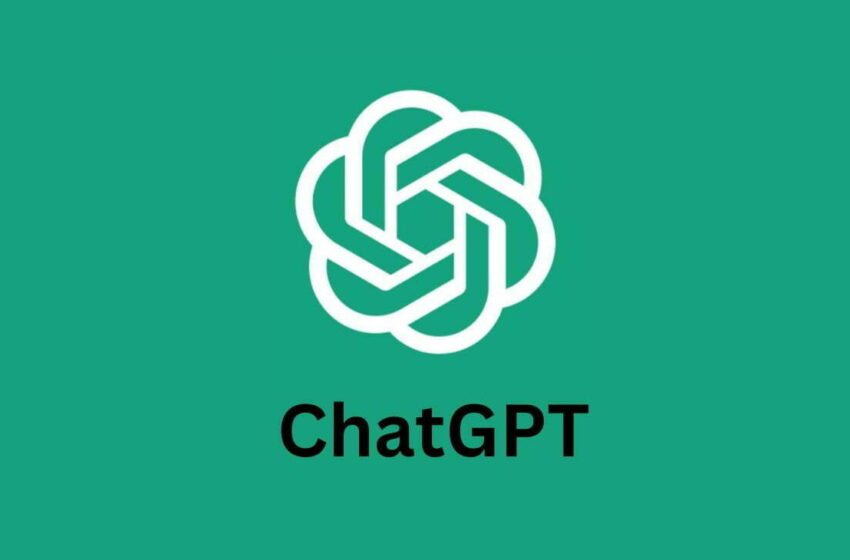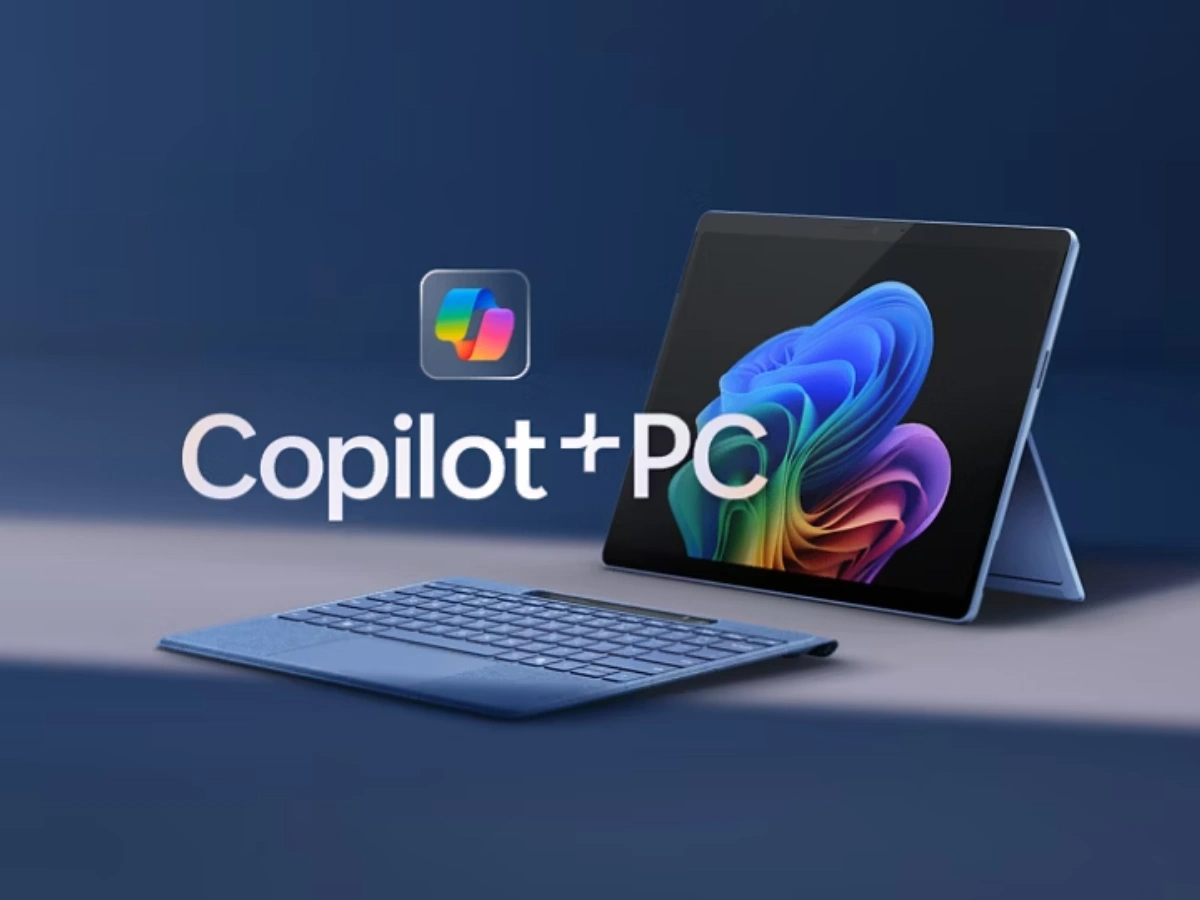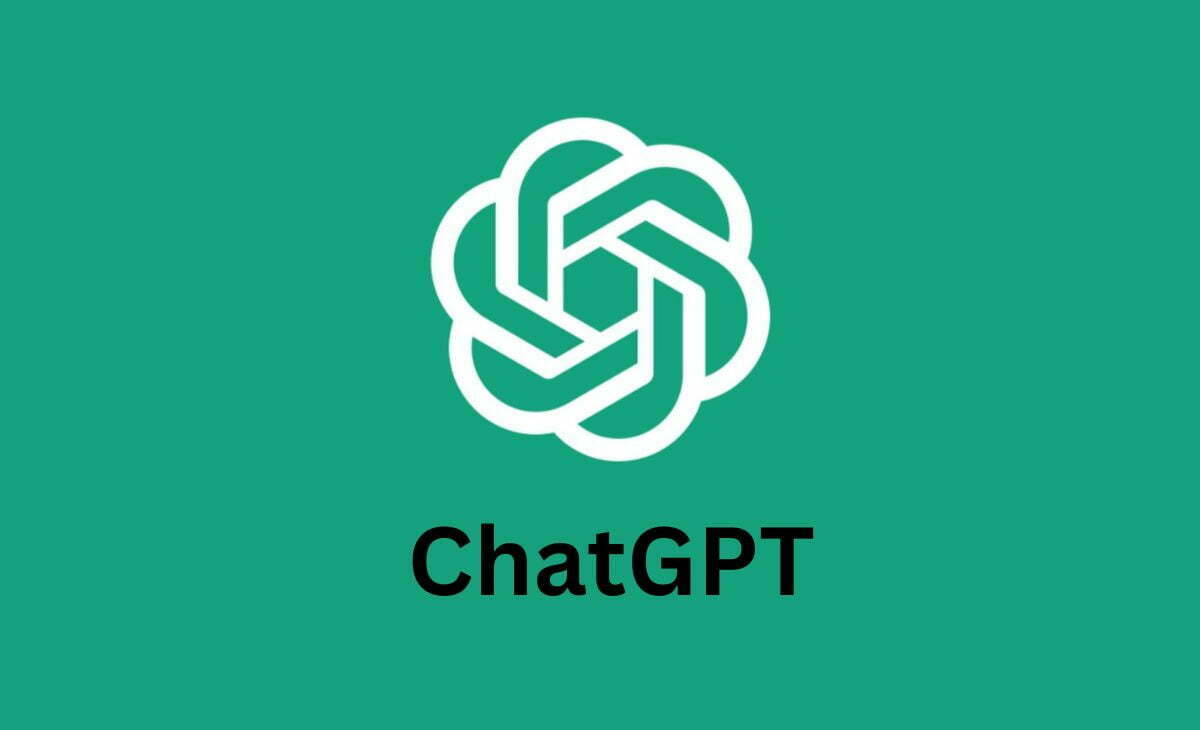How is GPT-5 different from GPT-4? Here’s all to know

OpenAI unveils GPT‑5 with major upgrades
GPT-5 is OpenAI’s newest flagship large-language model family. It combines a fast “everyday” model with deeper “reasoning” capabilities (and a pro variant that uses extra test-time compute) so the system can answer routine questions quickly while switching into a longer, more careful “thinking” mode for complex, multi-step tasks. It’s the default model in ChatGPT and is offered in multiple sizes (including mini and nano) and tiers for developers and enterprises.
The headline features (what’s new and most important)
Built-in, selectable reasoning (“thinking”) and a smart router. GPT-5 isn’t just “bigger” — it’s a system that decides when a prompt needs quick output versus when it should apply deeper reasoning. That router automatically directs queries to the appropriate submodel (fast answer vs. reasoning), and users can explicitly request more extensive thinking. A separate GPT-5 Pro tier pushes reasoning further by using parallel test-time compute to solve the hardest problems.
Much larger effective context for practical tasks. GPT-5 supports very long context windows useful for working with documents, codebases, or long conversations (OpenAI documents list the deployed context and output token limits used in their offering). That makes it easier to provide coherent answers that reference lots of prior text.
Multimodal understanding & tool/agent improvements. GPT-5 is built to handle text, images and richer inputs and to call tools (APIs, code runners, search) more reliably. The model family aims to coordinate multi-step, tool-using workflows end-to-end instead of failing when a chain requires several distinct operations.
Stronger coding, math, and domain benchmarks. OpenAI reports meaningful gains on real-world coding benchmarks (SWE-bench, Aider Polyglot), math contests (AIME), health benchmarks, and other human-evaluated tests — improvements that translate into cleaner generated code, better debugging and higher accuracy on technical problems.
How GPT-5 differs technically from GPT-4 / earlier models
-
Unified system + router vs. separate models: Prior releases often required switching between models (e.g., a fast chat model and a separate reasoning model). GPT-5 integrates these roles under one system with an automatic router that chooses the right mode. That reduces friction and makes complex workflows more seamless.
-
“Thinking” mode and GPT-5 Pro (test-time compute): The model family includes an explicit reasoning mode (“GPT-5 thinking”) and a pro variant that scales parallel compute at inference time for the hardest prompts. This is a different tradeoff point than just training bigger weights — it buys more reliable multi-step thinking at query time.
-
Better efficiency for complex tasks: OpenAI reports GPT-5 achieves similar or better performance than previous reasoning models while using fewer tokens and tool calls, meaning the model is more efficient at solving complicated tasks. That matters for latency, cost, and practical deployment in production systems.
-
API and developer control improvements: The GPT-5 API introduces new parameters (verbosity, reasoning_effort) and multiple model sizes (gpt-5, gpt-5-mini, gpt-5-nano) so developers can trade off cost, speed and performance more finely than before. There’s also a focus on more flexible tool-calling and agentic workflows.
Real-world capabilities & use cases (what people will actually notice)
-
Coding and engineering: Faster, cleaner autocompletion, better repo-scale edits, and more reliable debugging. Early benchmarks show meaningful improvements on real engineering tasks.
-
Longform work and document reasoning: Summarize, critique, or transform very large documents without losing context. Useful for research, legal, and policy work.
-
Health and scientific assistance: Improved performance on health benchmarks means the model is better at helping with clinical literature review or drafting technical summaries (still with safety caveats—see limitations).
-
Agents and automation: More robust multi-step agents that can call tools, run code, or orchestrate tasks end-to-end with fewer failures.
Safety, factuality and limitations
OpenAI reports substantially lower hallucination rates vs prior models (they give measured reductions on production-style prompts), and GPT-5 is designed to better admit uncertainty and decline impossible requests. Still, no current model is perfect: hallucinations, reasoning mistakes on very novel problems, and context-sensitivity remain possible. The “thinking” modes reduce but do not eliminate these risks, and real-world deployments should keep human oversight, validation, and domain-appropriate guardrails in place.
Availability, pricing and product tiers
OpenAI has rolled GPT-5 into ChatGPT (default for signed-in users, with varying usage limits by plan) and offers model variants on the API. There are multiple sizes (standard, mini, nano) and GPT-5 Pro for the most demanding reasoning tasks. OpenAI published specific token pricing and limits for the API and has listed usage/access rules for free vs paid tiers. Check OpenAI’s product pages for the latest pricing and quota details.
Why this matters (big picture)
GPT-5 represents a shift from “bigger is better” toward more nuanced, task-aware intelligence: models that pick how hard to think, use tools more sensibly, and scale compute at inference for especially hard problems. That makes them more useful for professional, knowledge-worker tasks where correctness, multi-step reasoning and tool integration matter. Organizations building products with GPT-5 can automate deeper workflows, but they must also invest more in verification, monitoring, and safety practices.
Third-party reporting notes GPT-5’s step forward while cautioning that real-world gains will depend on adoption, pricing, and whether the models truly reduce failures in production use.
Practical tips if you want to try or integrate GPT-5
-
Choose the right variant: use nano/mini for latency-sensitive, low-cost tasks; standard GPT-5 for general work; GPT-5 Pro for complex, safety-critical, or research tasks.
-
Use reasoning effort and verbosity: control how much “thinking” the model invests and how long answers should be. These help balance speed vs accuracy.
-
Layer guardrails: log model outputs, validate critical assertions against trusted sources, and keep humans in the loop for high-risk decisions.
-
Benchmark for your use-case: test GPT-5 on real tasks (codebases, documents, medical summaries) before relying on it—benchmarks reported by OpenAI are a strong sign, but domain tests are essential.
GPT-5 is a step change in usefulness: better reasoning, stronger coding and technical chops, longer context handling, and a more explicit tradeoff between quick replies and deep “thinking.” It’s not AGI, but it’s a noticeable advance in making AI useful for complex, economically important tasks. Careful integration, safety monitoring, and domain testing remain essential.




